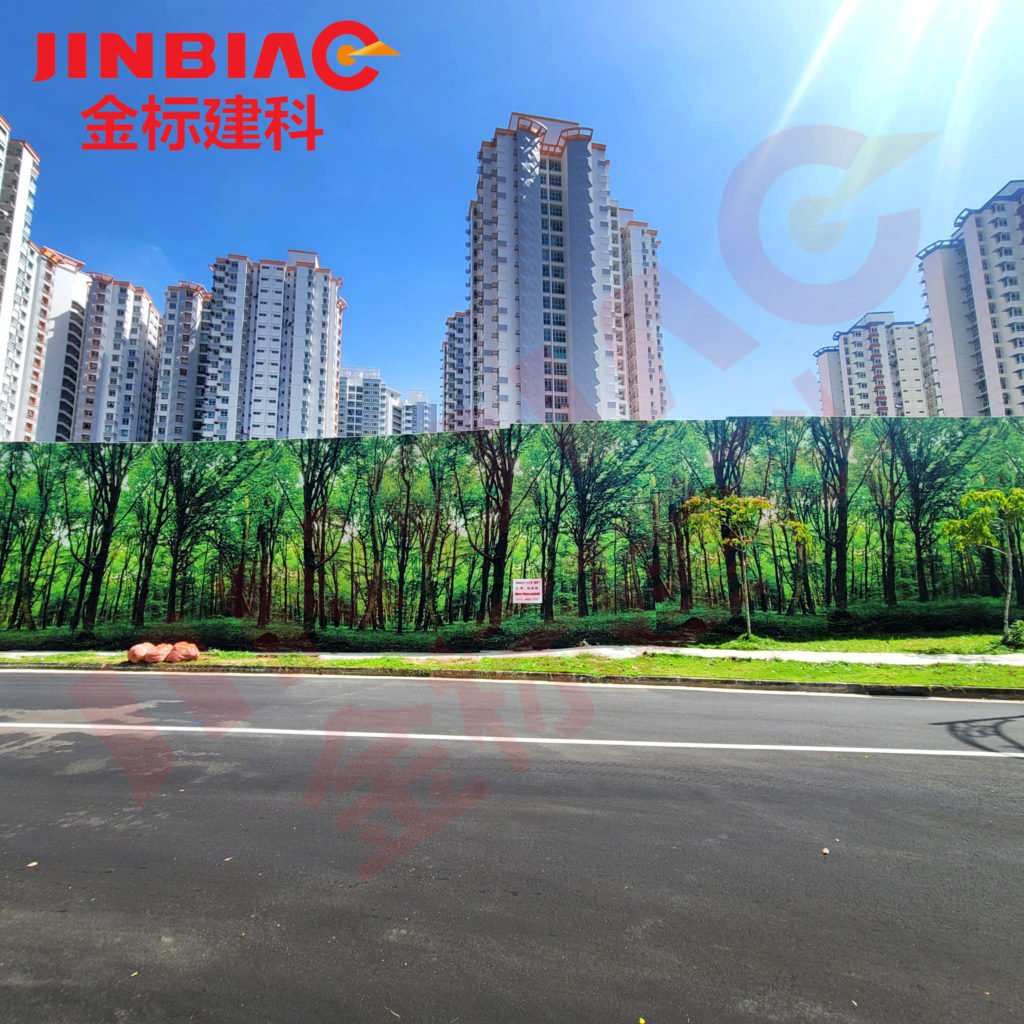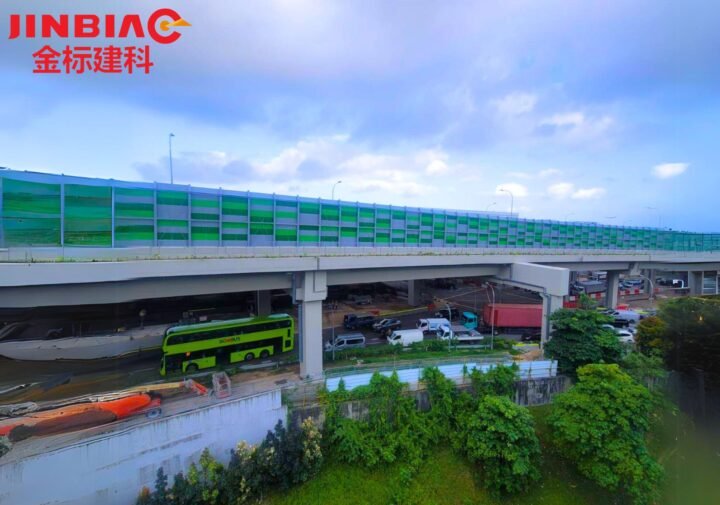
As one of the world’s most densely populated countries, Singapore has an ongoing commitment to enhancing its urban environment. Critical to this mission is the management of noise pollution, which can significantly impact the well-being of its residents. To address this issue, the government has implemented strict noise barrier standards and regulations that are continuously evolving to ensure compliance and effectiveness.
Sound shapes the urban experience. From the gentle rustle of leaves to the omnipresent hum of city life, acoustics influence our daily routines and mental states. However, for residents of Singapore, noise can often breach thresholds known to cause stress and disturb sleep.
The Need for Noise Barrier Regulations
The World Health Organization, a leading authority on global health, asserts that prolonged exposure to high levels of noise can have detrimental effects on human health. These effects include not only the well-documented risk of hearing damage but also more insidious impacts on cardiovascular health and cognitive function.
Research has shown that chronic exposure to noise pollution can increase the risk of cardiovascular complications such as hypertension and heart disease. Additionally, noise pollution has been linked to cognitive impairment, including difficulties with attention, memory, and problem-solving skills.
Recognising the importance of protecting public health and enhancing the quality of life for its residents, Singapore has taken a proactive approach to address noise pollution. The city-state has implemented stringent regulations to curb excessive noise levels, ensuring that its citizens can enjoy a peaceful and conducive environment.
Setting and enforcing noise standards, Singapore aims to safeguard the well-being of its population and create a harmonious living environment.
Evolution of Noise Barrier Standards in Singapore
In the early days of urban development, noise mitigation was a secondary consideration. It was only as the city’s infrastructure expanded and densified that the impact of noise pollution came to the fore.
Initially, noise barriers served as simple deterrents, often consisting of mere walls that were effective in some contexts yet limited in their overall utility. As Singapore’s urban tapestry evolved, so too did the need for more robust and adaptive noise barrier standards.
In identifying the limitations of existing noise barrier standards, such as lack of specificity for various neighbourhood types and varying acoustic environments, Singapore moved to revamp its approach to noise mitigation.
Among the critical factors necessitating this revision were technological advancements, urban densification, and a growing body of research highlighting the precise relationship between noise exposure and health risks.
Current Noise Barrier Standards and Guidelines
Today, the standards for a noise barrier in Singapore are a model of meticulousness. The National Environment Agency (NEA) and the Building and Construction Authority (BCA) have collaborated to outline clear guidelines that accommodate the diverse acoustic needs of the city’s neighbourhoods. These standards incorporate the physical attributes of barriers and factors like sound reflectivity, absorption, and diffraction. They are designed to adapt to various environments, from dense urban cores to serene residential pockets.
The specifics of these standards are manifold. Key requirements include the height and thickness of the barriers, which are determined by the level and frequency of the noise to be mitigated. Additionally, the materials used in construction must meet strict acoustical performance standards, ensuring that noise barriers are effective, durable, and aesthetically pleasing.
Compliance Measures and Best Practices
Meeting Singapore’s stringent noise barrier standards requires a comprehensive understanding and approach. Compliance measures involve an intricate process of assessing the environmental impact, engaging in pre-construction consultation with the relevant authorities, and implementing stringent monitoring practices.
To ensure that compliance is achieved, construction professionals are encouraged to employ best practices such as site-specific noise modeling, material testing, and engaging with noise barrier experts.
While the compliance process may seem exacting, it is ultimately in the best interest of public health. The NEA provides support and resources to streamline this process, recognising that effective noise barriers are a vital component of urban planning that can mitigate the negative impacts associated with noise pollution.
Future Trends and Challenges
As technology marches on, the future of noise barrier singapore is likely to be one of innovation and integration.
Advancements in material sciences, acoustical engineering, and smart city technologies offer promising prospects for the next generation of noise barriers. However, integrating these advancements into existing urban structures presents a significant challenge. The retrofitting of noise barriers requires careful coordination and may pose logistical and aesthetic challenges.
Moreover, as Singapore continues to evolve, the city’s planners face the complex task of not only maintaining compliance with existing standards but also predicting and preparing for future noise challenges. This forward-looking approach will be vital in ensuring that Singapore’s urban soundscape remains harmonious and conducive to its residents’ well-being.
Conclusion
Singapore’s approach to noise barrier standards is emblematic of its commitment to creating a sustainable and livable urban environment. By continuously revisiting and enhancing these standards, the city-state demonstrates an acute awareness of the evolving challenges presented by urban development.
As we look to the future, the harmonious coexistence of city life and natural sounds remains an achievable goal—one that necessitates the vigilance and innovation reflected in Singapore’s noise barrier regulations.
Hebei Jinbiao is a leading company in Noise Barrier products and Fencing products in Singapore. We guarantee to provide you with the most high-quality Sound Barrier and Fencing products along with our dedicated assistance. Do not hesitate to contact us. We are looking forward to helping you solve your noise issues, safety issues and protecting you from noise pollution as well as ensuring your safety.

